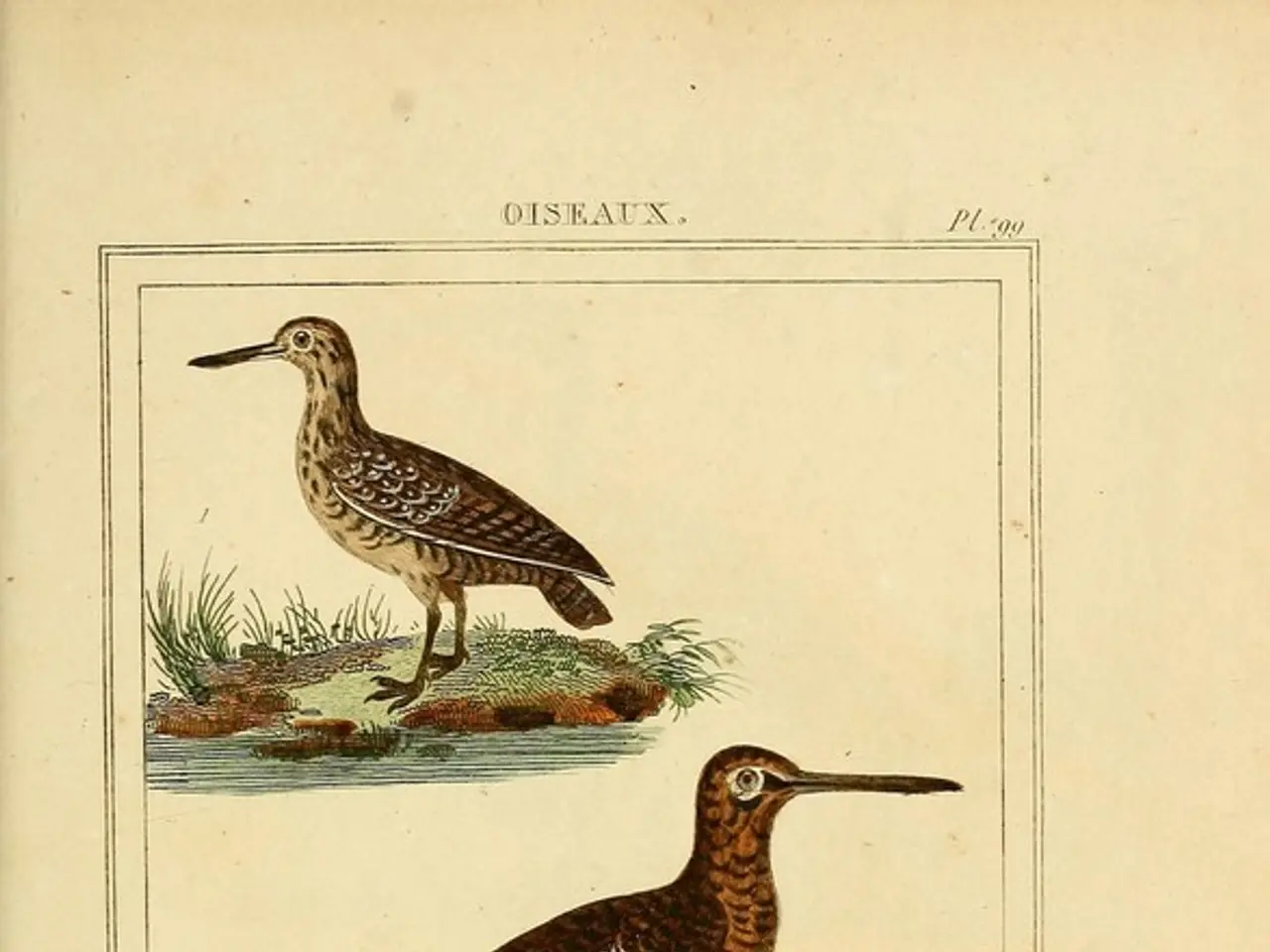Bird Research Unveils Unique Reasons Behind Avian Vocalizations, Study Reveals
New Study Reveals Factors Shaping Diversity of Bird Vocalizations
A groundbreaking study conducted by the University of Wisconsin-Madison and published in November in the journal Proceedings of the Royal Society B has shed light on the evolution and diversity of bird vocalizations. The study aimed to explain the variety of sounds produced by birds across different species, and its findings suggest that the factors influencing bird vocalizations are more complex than previously thought.
The research, which scrutinized over 140,000 bird recordings, found that birds produce different sounds based on their morphology and habitat. The size of a bird's beak plays a role in sound production, according to the study, with larger birds tending to produce lower-frequency sounds, while smaller birds produce higher-frequency sounds due to the relationship between body size and the mechanics of sound production in the vocal apparatus.
Larger body size limits the frequency range birds can produce, often resulting in lower-pitched songs. However, within a species, performance ability linked to neuromuscular control may allow some individuals to produce higher frequencies as signals of fitness. On the other hand, birds in dense, vegetative habitats often produce lower-frequency, simpler sounds that travel better through foliage, whereas birds in open habitats might produce higher-frequency, more complex songs to communicate effectively over longer distances.
The study's results contribute to our understanding of animal communication and behavior, providing insights into the evolution and diversity of bird vocalizations. The researchers based their work on previous hypotheses suggesting that factors like habitat, morphology (including body mass), and whether birds learn songs from adults or inherently know how to sing influence these vocalizations.
In essence, a bird’s morphology sets physical boundaries on sound production, while habitat imposes selective pressures to shape sound characteristics for optimal communication in that environment. The University of Wisconsin-Madison’s analyses of song frequency and body size across species help clarify these patterns, highlighting how both size and environmental context contribute to the diversity of bird vocalizations observed.
[1] Source: University of Wisconsin-Madison press release, November 2021.
Science has highlighted a correlation between bird vocalizations and their environment, as a new study suggests that factors such as bird morphology and habitat play significant roles in shaping these diverse sounds. This research, conducted by scientists from the University of Wisconsin-Madison, has also shed light on the connection between fitness and health-and-wellness in birds, as it was discovered that larger birds are less capable of producing high-frequency sounds, which some individuals within a species might use as signals of fitness and wellness. Additionally, this study reveals that fitness-and-exercise, in the form of neuromuscular control, may affect a bird's ability to produce higher frequencies, thus emphasizing the broader influence of science on disciplines like health-and-wellness and environment.




